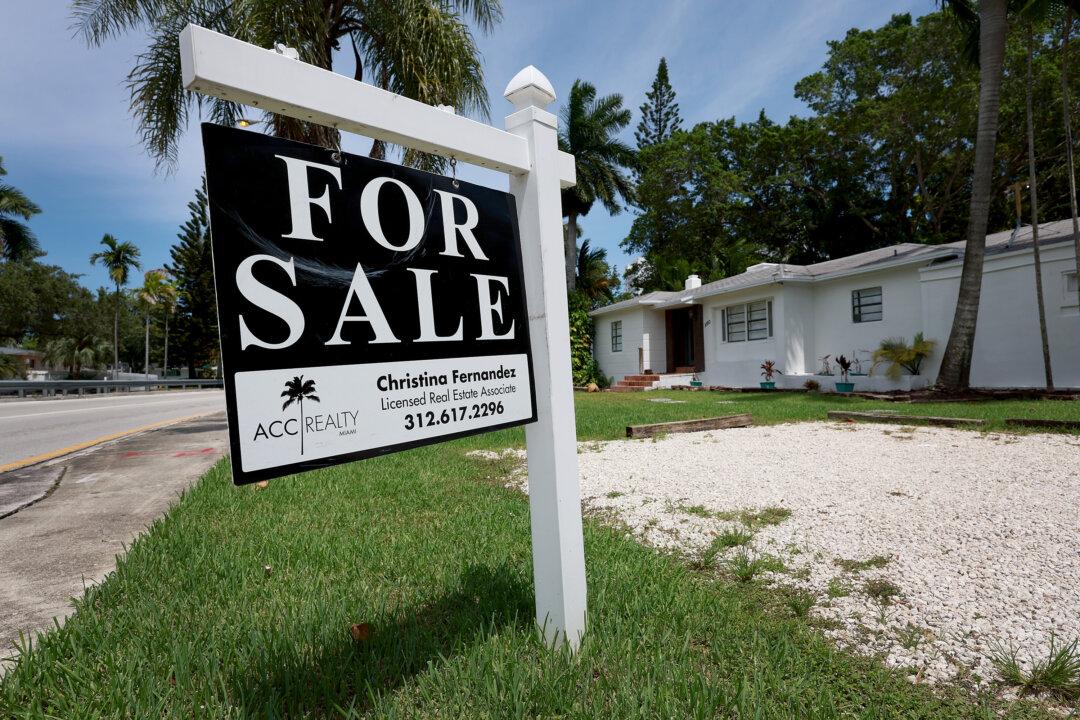Real estate prices have declined over the past several months, but there could be much more to come, data and experts indicate.
The median home price has dropped by about 7 percent since its peak in June. It’s still up by about 6 percent since October 2021 and more than 35 percent up since early 2020, according to data from Zillow, a listing site.





